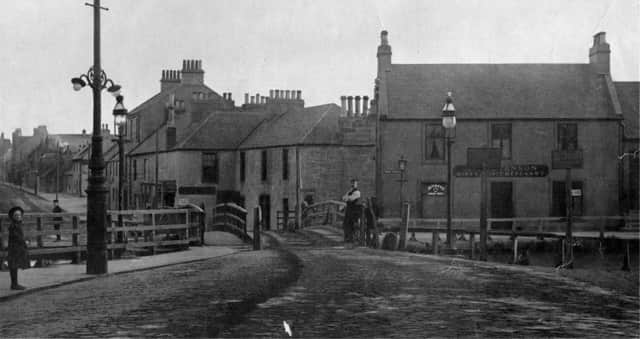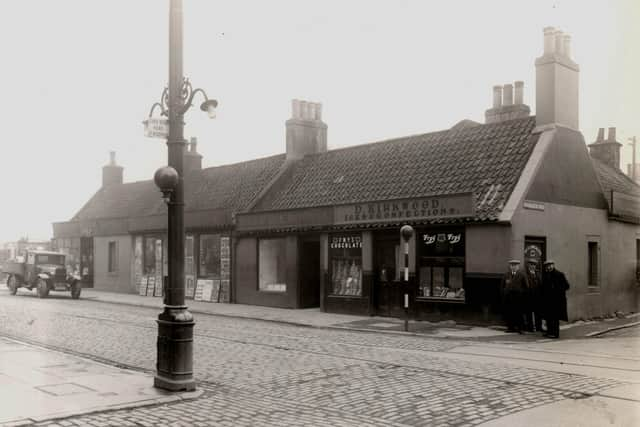Old Falkirk district tramway: From scenes of decayed industrial power to a pit-stop at an old tavern


We start outside what is left of the company’s 1876 office building much of which was demolished amid controversy more than 20 years ago.
Behind the remaining iron gate are two carronades and two large field guns of the kind that helped make Carron’s fortune and spread the name across the globe.
Advertisement
Hide AdAdvertisement
Hide AdOne visitor in 1792 said that “Everything from the candlestick, which holds light to the philosopher in his garret, to the cannon, whose thunder announces the power of Great Britain to the remotest inhabitants of the earth, is executed in this magnificent foundry”.


The lintel from the first blast furnace of 1760 is set in the wall along with part of a boiler said to have been made for the steam engineer James Watt.
There is also a modern plaque reminding us of Burns’ unhappy visit here in 1787.
Nor far away is the Carronbridge Inn known to one and all as the ‘Soo Hoose’ maybe because the running of molten iron from the blast furnace to the sand ‘pig’ beds reminded folk of a row of little piglets attached to their mum!
Advertisement
Hide AdAdvertisement
Hide AdThe original 1775 humped back stone bridge over the Carron was a barrier to the trams in 1905 and was replaced by the present crossing.
From 1810 the bridge had an iron ‘railway’ attached to the side to allow horse drawn carriages to carry goods towards the canal at Bainsford along a passageway behind the shops known to some even today as the ‘back wagon’.
On the right is the site of Carron’s famous Mungal Foundry and half a mile on from the scene of decayed industrial power we arrive at another example of waste.
The ‘big bar’ on the corner of David’s Loan, a fine example of Victorian architecture, was allowed to fall apart and was demolished a couple of years ago.
Shame on those who let it happen.
Advertisement
Hide AdAdvertisement
Hide AdTo the right is Mungalhead Road leading up to the old estate of Merchiston once owned by the Napier family.
One of them invented logarithms thus earning the undying hatred of every schoolboy!
Across the road is Bainsford Parish Church opened in 1875 by the Free Church of Scotland.
The name ‘Bainsford’ comes from the place where people forded the burn on land feued by Thomas Bain in the 18th century.
Advertisement
Hide AdAdvertisement
Hide AdBainsford Bridge has been a key junction point since the ‘Great Canal’ crossed the Falkirk to Carron road around 1770.
The old Red Lion, now a car hire company, dates to this period as do the stone pends on the other side which once linked the Carron Company basin to the waterway.
Falkirk Iron Company (or Kennard’s) was a huge undertaking second only to Carron and it occupied land on both sides of the canal east of the main road.
Like its great rival it played a major part in the manufacture of munitions during wars from the Crimean on and both closed their doors within two years at the start of the 1980s. Like Carron not much of the works have survived.
Advertisement
Hide AdAdvertisement
Hide AdOver the bridge into Grahamston and my weary legs remind me that we have been walking up hill for the last half hour.
The Colonial Bar is one of our oldest taverns, and I recommend you quench your thirst there.
Don’t worry the polis don’t breathalyse pedestrians!
